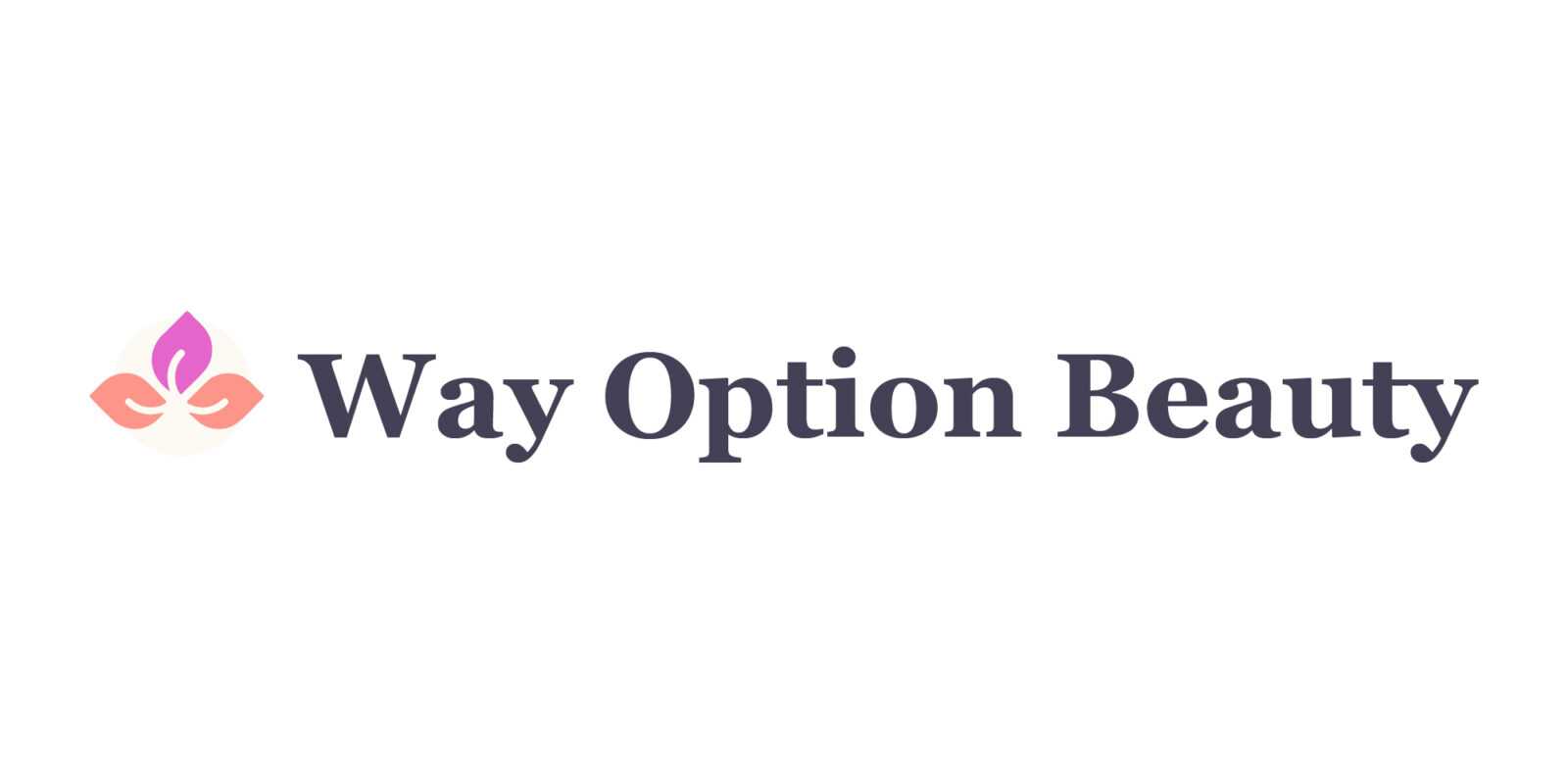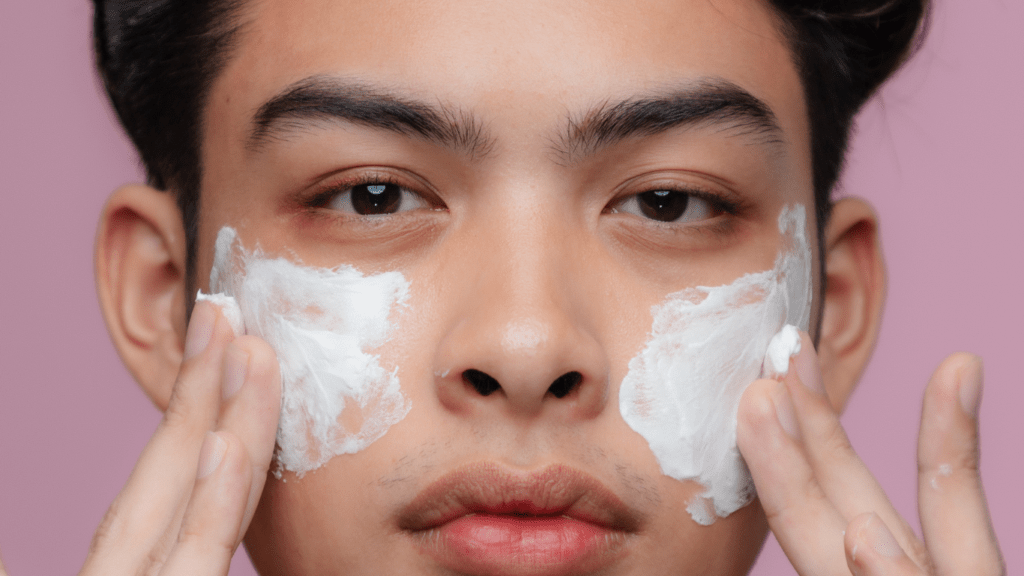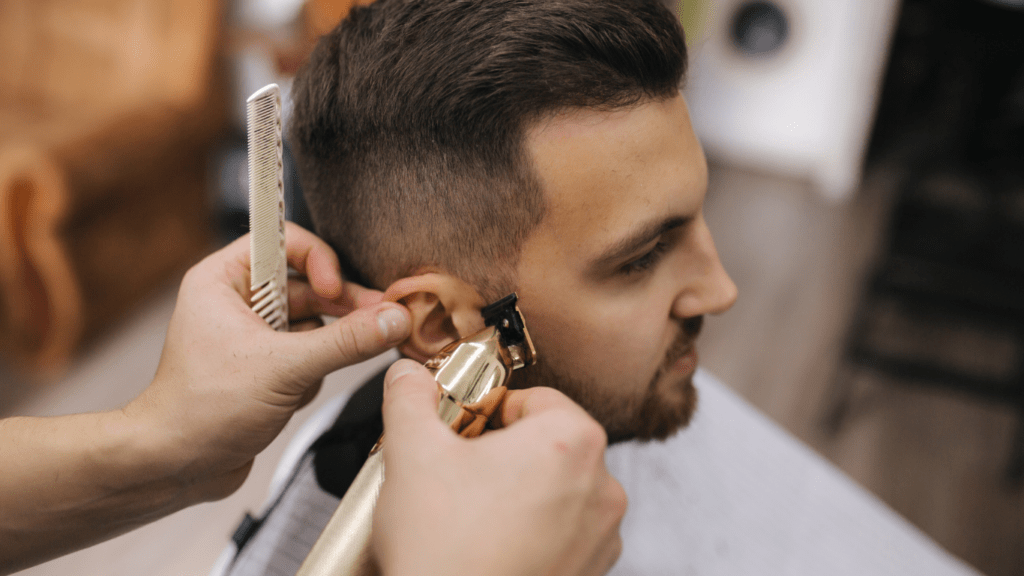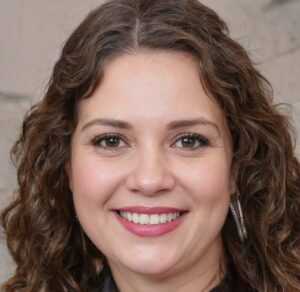The Evolution of Men’s Grooming
Men’s grooming has experienced profound changes over the years, driven by shifts in societal norms, attitudes, and trends. This transformation has led to a multi-billion-dollar industry.
Historical Perspective
Men’s grooming dates back thousands of years. In ancient Egypt, men used oils, perfumes, and makeup to enhance their appearance and signify status. During the Roman Empire, shaving became a daily ritual, and barbershops were social hubs. Fast forward to the early 20th century, men primarily focused on shaving tools and basic hygiene products. Grooming routines were minimal, with limited product choices.
By the mid-20th century, the launch of electric shavers by brands like Remington and Philips revolutionized the market. The 1980s and 1990s saw the introduction of aftershaves, colognes, and hair styling products. However, it wasn’t until the 21st century that men’s grooming truly diversified, incorporating skincare, haircare, and advanced personal care products.
Changing Attitudes and Trends
In recent years, there’s been a significant shift in how men view grooming. Influenced by celebrities, social media, and a broader acceptance of self-care, men now openly invest in their appearance. This change is evident in the rise of male grooming influencers, YouTube tutorials, and dedicated men’s beauty sections in retail stores.
Younger generations, especially millennials and Gen Z, are more inclined to experiment with skincare routines, beard care, and even cosmetic enhancements. Brands have responded with tailored marketing campaigns and products designed specifically for men. The growing acceptance and interest in men’s grooming signal sustained growth potential in this sector.
Market Analysis
Men’s grooming has evolved into a lucrative market with significant growth potential. This section delves into the current market size, segmentation, and key drivers behind this industry’s rapid expansion.
Current Market Size and Segmentation
According to Grand View Research, the global men’s grooming market sized $55.2 billion in 2020, with projections reaching $78.5 billion by 2027. This growth shows a compound annual growth rate (CAGR) of 6%. The market segments into skincare, haircare, shaving products, and fragrances.
- Skincare: Products like moisturizers and serums cater to increasing skincare awareness among men.
- Haircare: From shampoos to styling gels, this segment addresses various hair concerns.
- Shaving Products: Razors, creams, and electric shavers dominate this category.
- Fragrances: Includes colognes and aftershaves, essential in personal grooming routines.
Key Drivers of Growth
Several factors contribute to the booming men’s grooming industry:
- Changing Attitudes: Younger generations, particularly millennials and Gen Z, are more image-conscious and proactive about grooming.
- Influence of Social Media: Platforms like Instagram and YouTube provide tutorials and endorsements from celebrities, influencing consumer behavior.
- Innovative Products: Brands introduce advanced and diverse grooming products, catering to specific needs and preferences.
- Increased Disposable Income: With more disposable income, men are willing to spend on grooming products.
These drivers shape the market, pushing it toward unprecedented growth levels. Brands are seizing this opportunity, innovating, and expanding their offerings to meet rising demand.
Major Players in the Industry
Several key players are contributing to the dynamic growth of the men’s grooming market.
Established Brands
Leading the market, established brands have significantly shaped the men’s grooming landscape:
- Gillette: Known for its razors and shaving products, Gillette remains a dominant force in the market. The brand continually innovates with advanced technologies and tailored products to enhance shaving experiences.
- Nivea Men: A prominent player in men’s skincare, Nivea Men offers a broad range of products, including moisturizers, shaving creams, and aftershaves. The brand leverages its extensive research and development to meet varying skin care needs.
- L’Oréal Men Expert: This global brand offers comprehensive grooming solutions, from skincare to haircare. Its extensive portfolio includes anti-aging creams, facial cleansers, and hair styling products designed specifically for men.
- Old Spice: Particularly popular in the United States, Old Spice provides a variety of grooming products, including deodorants, body washes, and shampoos. The brand’s strong marketing and distinctive scents have cemented its place in the industry.
Emerging Brands
Emerging brands are making their mark with innovative and niche offerings:
- Harry’s: Founded in 2013, Harry’s has gained recognition for its high-quality razors and affordable price points. The brand emphasizes simplicity and direct-to-consumer sales, appealing to a younger demographic.
- The Art of Shaving: Specializing in luxury grooming products, The Art of Shaving combines tradition with modern needs. Its range includes shaving accessories, oils, and creams, focusing on enhancing the shaving ritual.
- Bevel: Targeting the needs of men with coarse or curly hair, Bevel offers specialized shaving products and grooming kits. The brand’s inclusive approach has highlighted the importance of catering to diverse grooming needs.
- Brickell Men’s Products: Focusing on natural and organic ingredients, Brickell provides a range of skincare, anti-aging, and grooming products. The brand’s health-conscious approach appeals to users seeking eco-friendly and safe grooming solutions.
Established and emerging brands both play vital roles in the flourishing men’s grooming market, each contributing unique strengths and innovations.
Innovative Products and Services
Men’s grooming has evolved with innovative products and services enhancing the market. Brands are consistently releasing new offerings to meet evolving consumer demands.
Skincare and Haircare

Skincare and haircare have gained traction among men. High-quality products like moisturizers, serums, shampoos, and conditioners are now common in grooming routines. For skincare, brands like Kiehl’s and Clinique offer specialized formulations addressing concerns such as acne, aging, and dryness. Haircare products from American Crew and Redken Brews cater to various hair types and styles with solutions like volumizing shampoos and styling gels.
Grooming Tools and Devices
Advancements in grooming tools and devices have revolutionized men’s grooming. Electric razors, beard trimmers, and precision clippers are now must-haves. Brands like Philips Norelco and Wahl provide multi-functional tools that ensure precise grooming. High-tech devices, such as the ultrasonic facial cleanser by FOREO, offer deep cleansing and exfoliation, setting new standards in personal care.
Subscription Services
Subscription services have made grooming more accessible. Monthly boxes from companies like Dollar Shave Club and Birchbox Man feature curated grooming products, including razors, skincare, and haircare items. These services offer convenience and personalization, allowing men to discover new products tailored to their needs without the hassle of in-store shopping.
Consumer Demographics
Men’s grooming consumers span various demographics, each with unique preferences and needs. Understanding these groups provides insight into the growth potential of this billion-dollar industry.
Age and Lifestyle
Consumers of different ages and lifestyles contribute to the diverse needs within the men’s grooming market. Younger men, particularly millennials and Gen Z, show a strong affinity for grooming products. They are influenced by social media and celebrity endorsements. For instance, tutorials on platforms like YouTube and Instagram drive product interest. Older men, often in their late 40s and beyond, increasingly seek anti-aging and specialized skincare solutions, reflecting a shift towards maintaining youthful appearances.
Lifestyle also plays a crucial role. Urban professionals prioritize grooming for a polished look, while fitness enthusiasts focus on products that complement active lifestyles, such as sweat-resistant skincare. On the other hand, environmentally-conscious consumers choose eco-friendly and sustainable grooming products, often favoring brands that emphasize natural ingredients.
Geographic Trends
Geographic trends reveal that the demand for men’s grooming products differs across regions, reflecting cultural and economic variations. In North America, the market is robust due to high disposable income and a greater emphasis on personal grooming. Europe, particularly countries like the United Kingdom and Germany, shows significant growth driven by a broad acceptance of male grooming routines and innovative product offerings.
In the Asia-Pacific region, countries like South Korea and Japan lead with advanced grooming technologies and skincare products tailored for specific skin types. The region’s cultural emphasis on appearance fuels demand, especially among younger generations. Meanwhile, emerging markets in Latin America and Africa show potential for expansion as economic development increases disposable incomes and awareness of grooming products.
Globally, urban centers exhibit higher grooming product consumption due to greater access to retail stores and online shopping platforms, thus shaping the market dynamics.
Future Outlook
The men’s grooming market is set for remarkable growth as industry trends and innovations drive demand. Companies are poised to capitalize on this expanding sector, making it a billion-dollar opportunity.
Market Projections
The men’s grooming market is projected to grow from $78.5 billion in 2027 to over $100 billion by 2030. This growth indicates a compound annual growth rate (CAGR) exceeding 6%, based on figures from Fortune Business Insights. Key segments such as skincare, haircare, shaving products, and fragrances will continue their upward trajectory, with skincare products expected to lead due to rising interest in anti-aging and personal care routines. The proliferation of e-commerce and subscription services will also contribute to market expansion, providing consumers with easy access to a variety of products.
Emerging Trends
Several trends will shape the future of men’s grooming. Sustainability is a significant focus, with brands like Bulldog Skincare and Huron driving innovation in eco-friendly packaging and natural ingredients. Personalization is also becoming prominent, with companies like Proven Skincare offering customized products based on individual skin types and preferences. Additionally, technological advancements in grooming tools, such as AI-driven skincare analysis and smart grooming devices, are enhancing user experiences. These trends, along with the rising influence of social media and celebrity endorsements, will continue to drive consumer engagement and market growth.
The future of men’s grooming promises a dynamic landscape with evolving consumer preferences and transformative product offerings. Companies that stay ahead of these trends are likely to capture larger market shares and drive sustained growth.



